Can someone help me understand this question? I may have it on my tomorrow exam but I can't find similar question on internet or in my lectures.

First, you have to calculate the Theta notations by determing the growths-class of each function, e.G. 1, log(n), n, n log(n) and so on. To do that you have of course to expand those functions. Having the growths-class of each function you have to order them by their goodness. Last, you have to put these functions into relations, like g1 = omega(g2). Therefore just keep in mind that a function t(n) is said to be in omega(g(n)) if t(n) is bounded below by some multiple of g(n), e.G. n³ >= n² and therefore n³ is elemnt of omega(n²). This can also be written as n³ = omega(n²)
First you need to express each function as a Theta(something).
For instance, for the first one: Theta((1-n)(n^3-17)) = Theta(n^4 + ...) = Theta(n^4).
For the second one: Theta(30+log(n^9)) = Theta(30 + 9logn) = Theta(logn).
These are sorted as g1, g2, because n^4 = Omega(logn).
And so on.
For the sorting: saying that g1 = Omega(g2) means that g1 grows at least as fast as g2, that is we are defining a lower bound. So, sort them from the worst (slowest, with fastest growth), to the best (NB: it is strange that the exercise want "the first to be to most preferable", but the definition of Omega leaves no doubt).
Btw: if you want to be more formal, here is the definition of the Omega notation:
f = Omega(g) iff exist c and n0 > 0 such that forall n >= n0 we have 0 <= c*g(n) <= f(n) (in words: f grows at least as fast as g).
For theta, this answer and that one summarize what is to be found in your problem. Which g function can you find such that (say f is one of your 8 functions above)
O(g(n)))omega(g(n))For instance, for the iv: 10^5n, Θ(n) fits, as you can easily find two constants where k1.n bounds below 10^5n and k2.n to bounds it above, asymptotically. (here f is O(n) and Omega(n) as f, the iv. is an easy one).
You need to understand that all big O and Big Omega and Big theta apply for worse/best/average case
for some function: Big O -> O(..) is the upper limit this function will never exceed .. e.g. for higher values Big Omega -> is the lower pound the function never goes below it .e.g in small values Big theta is like: there are 2 constants such that: Big omega * c < Big Theta < Big O *c2
so going to your sample: i) its of order n^4 for both Big Omega, and O(n^ + n). viii) its constant so both Obig O and big Omega the same.. thus big Theta the same